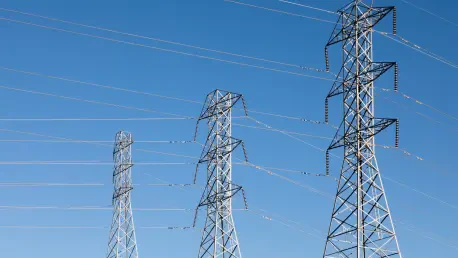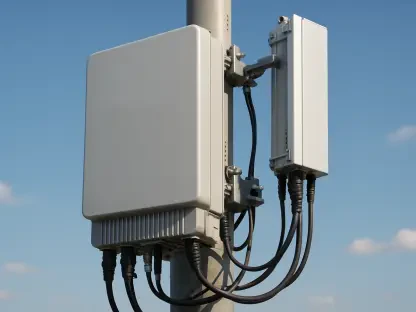Introduction
In the heart of Southern California, Los Angeles businesses face an escalating challenge as record-breaking heatwaves push the region’s aging electrical grid to its limits, with peak demand recently hitting an unprecedented 52,061 megawatts. Managed by the California Independent System Operator (CAISO), this infrastructure struggles to keep pace with soaring energy needs, raising the specter of rolling blackouts that could disrupt operations and profitability for countless enterprises. For B2B decision-makers, the stakes are high—unreliable power threatens supply chains, data centers, and customer trust, while regulatory and public pressure mounts for sustainable solutions.
This editorial dives into the strategic measures LA businesses are adopting to alleviate grid strain, offering actionable insights for leaders navigating similar energy challenges. The focus is on practical, outcome-driven approaches that balance operational continuity with energy conservation, drawing from real-world examples and expert perspectives. Beyond immediate tactics, the discussion explores how these efforts contribute to long-term grid resilience, a critical concern for any business reliant on consistent power. Understanding these strategies is not just about surviving the next heatwave—it’s about positioning firms as responsible stewards in an increasingly energy-conscious market.
Commercial Strategies for Grid Relief
The burden of grid stability doesn’t rest solely on residential conservation; commercial entities in LA are stepping up with targeted initiatives to reduce their energy footprint. Many downtown skyscrapers, often underutilized due to remote work trends post-pandemic, still consume significant power through lighting and HVAC systems. Progressive firms are implementing timed lighting and emergency-only illumination after hours, cutting unnecessary usage during peak demand periods from 4 p.m. to 9 p.m. This shift not only eases grid pressure but also trims operational costs, delivering a dual benefit for budget-conscious leaders.
Property management giants overseeing millions of square feet in LA are investing in advanced building management systems to optimize energy efficiency. These systems adjust cooling based on occupancy and leverage cooler overnight temperatures to pre-chill spaces, reducing morning power loads. Such upgrades, while requiring upfront capital, yield substantial savings and enhance a company’s reputation as an environmentally responsible player—an increasingly vital factor in B2B partnerships and client negotiations.
Beyond infrastructure, some businesses are exploring innovative operational adjustments to align with CAISO’s emergency alerts, which have already prompted residents to conserve around 2,000 megawatts during critical times. By staggering high-energy processes or temporarily scaling back non-essential activities, companies contribute to grid stability without sacrificing core functions. This adaptability signals a broader trend: businesses that proactively manage energy use are better positioned to weather disruptions and maintain stakeholder confidence in volatile conditions.
Conclusion
Reflecting on the strategies explored, it’s evident that LA businesses play a pivotal role in mitigating grid strain through practical and innovative measures. These efforts—from timed systems to operational flexibility—demonstrate a commitment to both immediate relief and sustainable practices. For B2B leaders, the takeaway is clear: integrating energy conservation into core operations isn’t just a response to a crisis but a strategic advantage. Looking ahead, aligning with grid-supportive technologies and policies will be essential to ensure resilience and competitiveness in an era of escalating energy demands.









